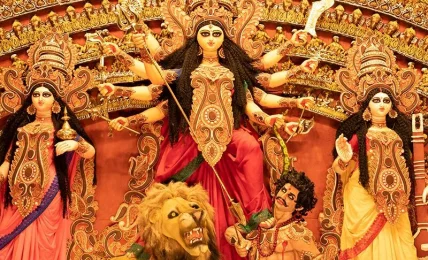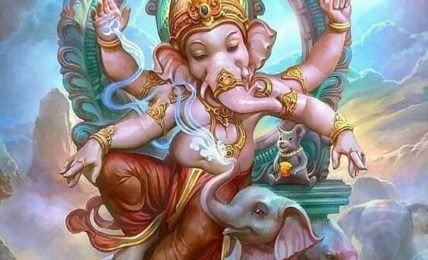The Evolution of Sankhya
Sankhya darshana is a distinctive contribution of India to world philosophy. It is a pity that it is not studied globally since it impacts not only metaphysics, but psychology, cosmogony, epistemology and soteriology. And it is one of the singular leaps in human thought that eventually, I believe, led to the flowering of Indic civilization, its world-view, its arts and sciences and its continued uniqueness.




